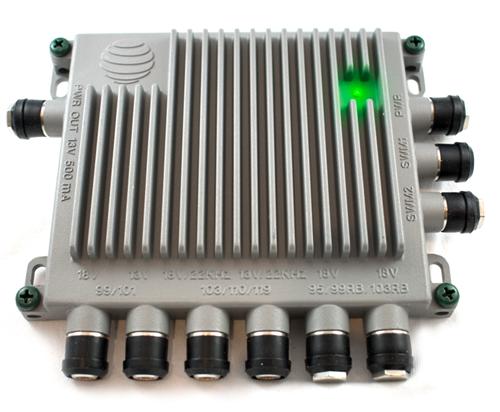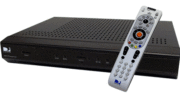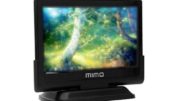DIRECTV’s SWM-30 multiswitch was rolled out to the public for the first time in 2017. In tech terms, that’s a lifetime ago. At that time, the SWM-8 and SWM-16 were classified as “deprecated,” meaning they were still supported but no longer made. In those past six years, Solid Signal has cornered the market on those older multiswitches, helping our customers replace old equipment or stay compatible with existing systems.
Unfortunately, it seems our supplies have run out. We are constantly working to bring in additional SWM-8s and SWM-16s for our customers but it’s now impossible to guarantee that we’ll have stock on those old parts. They just don’t exist anymore, and any ones out there are now over 10 years old.
In most cases, upgrading to a SWM-30 is an easy fix and it will work with practically any existing DIRECTV gear. So, here’s a quick set of frequently asked questions about your transition to SWM-30 hardware.
What’s the best/easiest way to change out a defective SWM-8 or SWM-16?
Generally all you’ll have to do is replace the SWM module itself. The power inserter and wiring should remain the same. Connect the wires from the old module to the same locations on the new modules. There’s a new PWR connector for a direct connection to the SWM. You should be able to power it through the SWM1 port as well just as you could previously.
However, there is one important difference to note. The two outputs of the SWM-30 do not share network information like the SWM-8 and SWM-16 did. You can run 13 tuners off each output, so you may be able to move all your equipment to one SWM output. Otherwise, you can try to diplex but be aware you’ll have issues if there are more than 15 devices used at once. Here’s an in-depth look at that issue.
Can you use a SWM-30 with standard-definition equipment?
No you can’t. If you still have D-series receivers (like the D12) you should be swapping those out anyway as the number of channels they get will keep dropping.
Can you use a SWM-30 with an RV, marine, or mobile dish?
Yes you can, as long as there are a minimum of two outputs. This is the same limitation as earlier SWMs had. If you have only two outputs, connect one to 13V and one to 18V. If you have four outputs, connect them to 13V, 18V, 13V/22, and 18V/22. Leave dust caps on any unused ports.
Can you use a SWM-30 with an international dish?
Technically the answer is yes but there are no channels currently on DIRECTV’s former satellites at 72 and 95 degrees.
Do you need a 6-output LNB to use a SWM-30?
No you do not. If you want to use your current 2-output or 4-output LNB it works fine. If you have only two outputs, connect one to 13V and one to 18V. With a four output LNB, connect the wires to 13V, 18V, 13V/22, and 18V/22. Leave dust caps on any unused ports. However, if you’re a commercial customer, you should be using the 6-output dish anyway.
Can the SWM-30 be used to add capacity to an existing SWM-enabled dish?
No it can’t. Just like the older SWMs, you can’t use it to upgrade a SWM-enabled LNB. To use the SWM-30, replace the existing LNB with a Reverse Band 5 Legacy LNB, which is the only one currently being sold with multiple outputs.
Can the SWM-30 be used in Alaska and Hawaii?
Yes it can, in fact it’s mandatory for new installs.
Does the SWM-30 run hot like the SWM-16?
No, it runs much cooler, even cooler than a SWM-8.
Can the SWM-30 be used to replace a SWM-13?
DIRECTV’s SWM-13 was only sold for a short time to lodging and institutional users. It had a higher output level than a traditional SWM. It can be replaced with a SWM-30. To get the same output level you’ll need the SWM-30HP, which should never be used in homes.
If you have other questions about the SWM-30, call us or leave a comment below! Our number is 888-233-7563 and we’re here during East Coast business hours.





